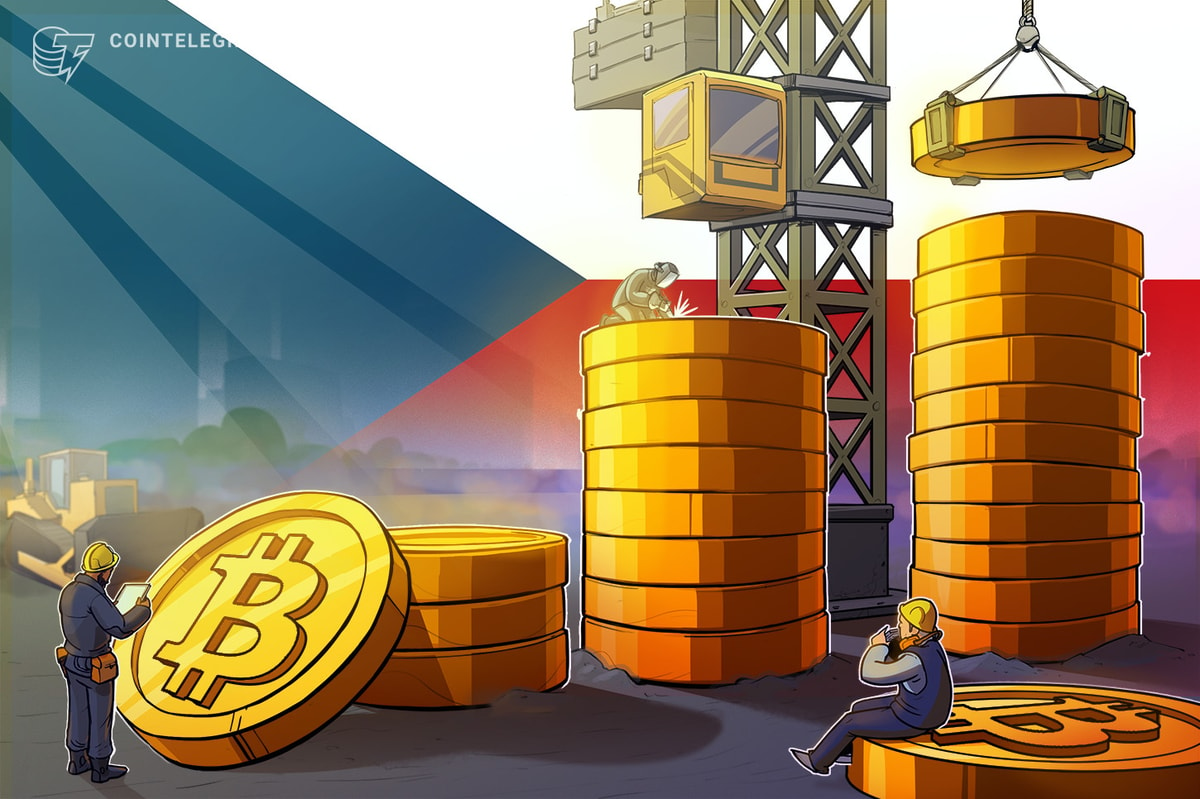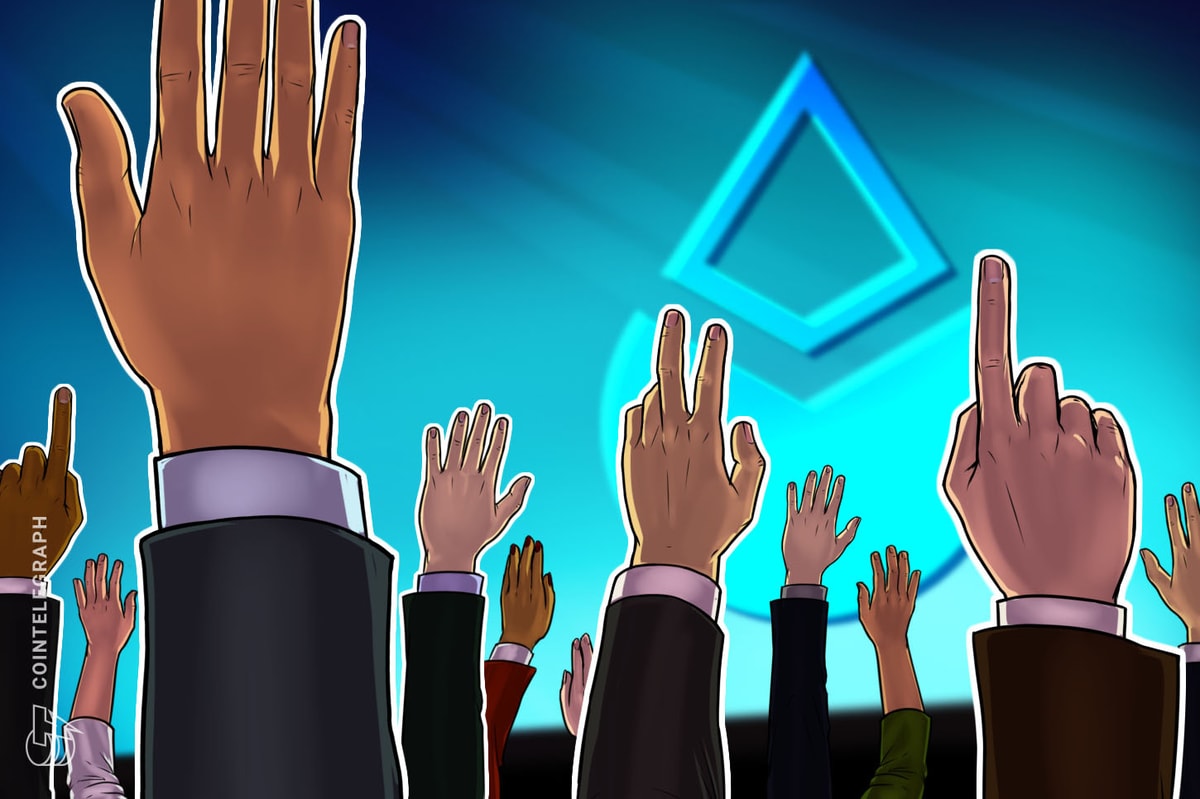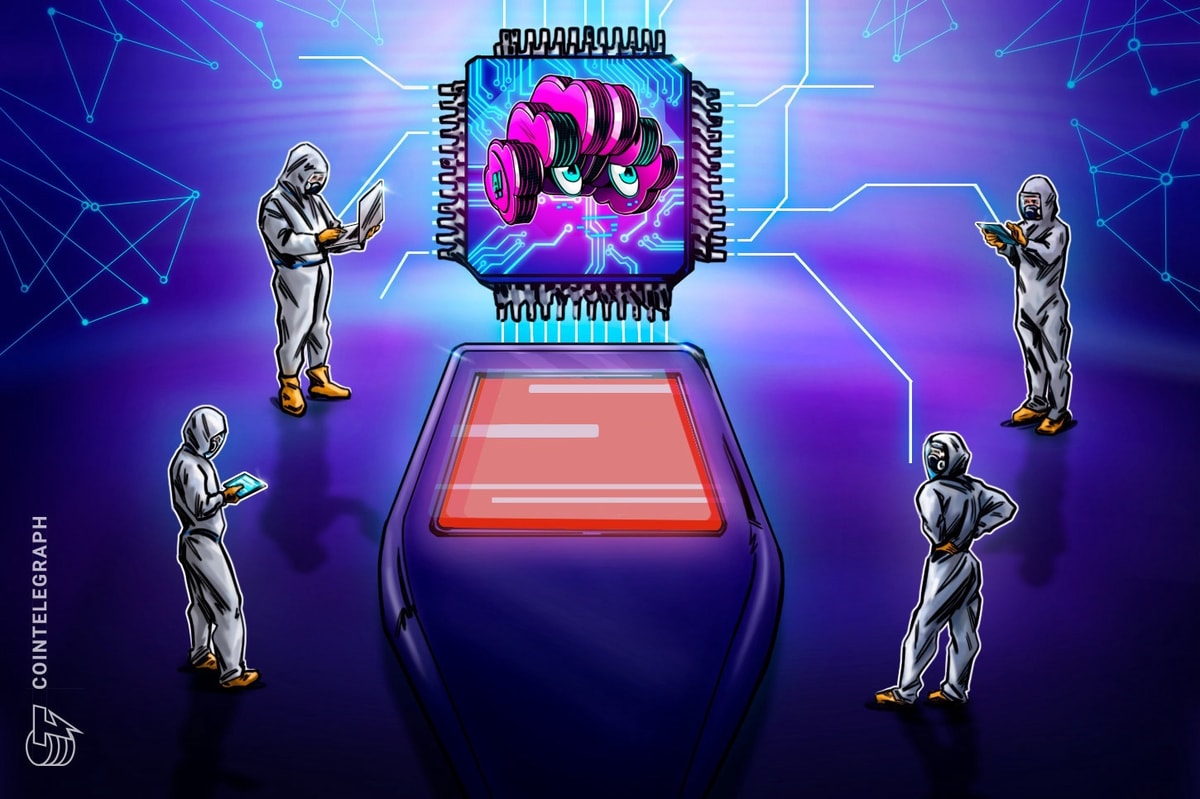Ta-da, a decentralized mobile app for iOS and Android, addresses AI training challenges by incentivizing user-generated data contributions and onchain validations, ensuring quality and transparency for AI companies.
Artificial intelligence research often hinges on one key factor: the quality and variety of the data that powers these models. Tasks like speech recognition, image classification and natural language processing each require vast data sets that capture a variety of scenarios and user inputs.
However, compiling large volumes of information — particularly high-quality and diverse examples — can be expensive and time-consuming. For many AI-focused projects, an overreliance on data sets that lack depth or exhibit bias makes it harder to achieve optimal results.
Even when significant resources are invested, questions often arise about whether the data fits the specifications needed to train cutting-edge systems. In this climate, finding efficient and trustworthy methods for acquiring accurately labeled data remains a significant priority, prompting experimentation with new technologies and crowd-based approaches.
Mobile-driven data contributions for improved AI training
One platform responding to these challenges is Ta-da, a mobile application that provides extensive and specific user-generated data sets to feed AI models. Having spun initially off from Vivoka, a voice AI and speech recognition company, the project team became all too familiar with the pitfalls of sourcing quality audio data.
Ta-da aims to address these issues with a simple but effective approach: anyone, anywhere, can contribute small snippets of data, then validate others’ submissions in real time. This two-pronged process helps maintain quality control while also expanding the scale of data generation.
Ta-da’s model is built on decentralized participation. Users can download the mobile app, available on Android and iOS, and complete simple tasks like recording voice clips or capturing images.

Source: Ta-da
Meanwhile, other participants act as checkers, verifying that each submission meets the required standards. This layer of peer review discourages careless or low-effort contributions.
Incentives built around blockchain technology further encourage community engagement, allowing people to earn token-based rewards in exchange for their efforts. For example, MetaStaking on MultiversX, a distributed blockchain network, enables tokenholders to earn rewards by actively participating in the MultiversX ecosystem without the complexities of traditional staking.
Blockchain-powered AI submission checks
While some projects rely on internal metrics to judge data integrity, Ta-da employs an onchain approach that lets clients review key metadata. For instance, when a voice clip is submitted, details about the contributor and task conditions are stored in a verifiable format.
This setup offers peace of mind to AI companies — rather than relying on vague assurances, they can confirm the origins of each sample. At the same time, the platform’s structure ensures that funds are only disbursed when tasks have been validated, streamlining the payment process and mitigating concerns over unverified work.
Ta-da kicked off in mid-2022 and launched its beta phase in mid-2023, attracting 20,000 early users. After a successful private fundraising round at the end of 2023, the project commenced its app launch in mid-2024. Since the launch, Ta-da has gathered a community with over 85,000 downloads, working with 50 clients to generate an estimated two to three million data points weekly.
Scaling AI data supply with Web3-enhanced features
The project’s roadmap includes key milestones like wallet abstraction to simplify access for new users and more advanced task types that go beyond basic voice recording or social media engagement.

Source: Ta-da
Though it harnesses Web3 elements for payments and transparency, Ta-da serves primarily Web2 clients seeking large volumes of data. This integration demonstrates a real-world use case for blockchain that moves past mere hype.
By embedding a gamified, incentive-driven environment, Ta-da keeps users engaged, encouraging regular contributions that ultimately benefit AI developers. As more organizations recognize the need for diverse, carefully vetted inputs, solutions that combine crowd participation with secure and transparent technology are poised to set a promising path forward in the quest for effective data collection.
Disclaimer. Cointelegraph does not endorse any content or product on this page. While we aim at providing you with all important information that we could obtain in this sponsored article, readers should do their own research before taking any actions related to the company and carry full responsibility for their decisions, nor can this article be considered as investment advice.












